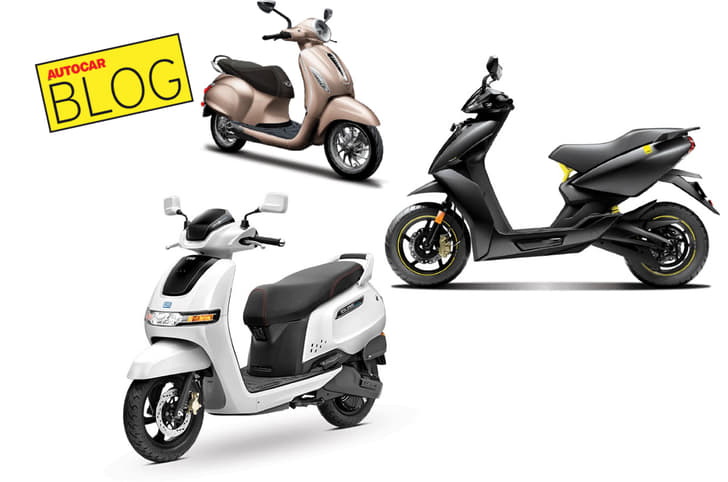Whose idea was it? Who is the numbskull who thought they could replace a set of perfectly machined gears, metal-on-metal contact and instant power transmission with a bunch of glorified rubber bands? Who was it that said: “Stretch, strain, whine, wheeze . . . .Aaahhh, what the heck! They’re fine. Let’s go ahead and use a Continuously Variable Transmission.” It has to be someone who absolutely hated machines; someone who despised them, who saw no beauty in their form, extracted no pleasure from their operation. It has to be, right?
Not really. Turns out, it was good ol’ Leo who first thought-up, and even drew, the first stepless gear system back in 1490. Leonardo da Vinci that is, not DiCaprio; only one of the greatest scientific minds of all time. And then while it languished for a long, long time, the CVT, or a version of it, was later picked up by one KF Benz of Karlsruhe, which he used on one of the first cars, back in 1886. But Benz was smart. He soon ditched the CVT – he drove his own cars after all – and then it lay dormant again for years . . . until it was resurrected by Honda; or so it seemed.
I still remember my first ride on a Kinetic Honda. Yes, I was blown away by the two-stroke Honda engine and I loved the way it revved, but why did it feel like the clutch was always slipping? It was Honda, again, who slotted a CVT into a mainstream car in India, the second-gen City. I absolutely hated it. The transmission slipped and slurred like someone had poured a pint of whiskey down its throat; and what made it worse was that after a bit of hard driving, it groaned and moaned as well. Luckily, it died.
Today, however, CVTs are back, and like an epidemic, they are spreading. Everyone has them, Toyota, Nissan, Suzuki, Hyundai, Honda. Yes, most of them now work well at low speeds. And that’s ok. But want happens when you want to have a bit of fun, enjoy that expensive car and rev the engine to extract every last ounce of power? You paid a fair packet for the horses, after all.
I’ll tell you: just when you are metaphorically rubbing your hands in glee, waiting to unleash the car on that open road, the CVT lets you down. Flatten your foot on the throttle and it just can’t keep up. It lets out a wide, long yawn and then asks, “Yes, what is it? You want power and engine speed. Well okay, settle down, be patient, let me see what I can do.” And then, instead of your heart rate, it’s your blood pressure that climbs.
Yes, some of the ‘steps’ or false ratios work well, and even the artificial downshifts are sort of okay, but can you honestly compare these with the real thing? This is why almost no luxury car maker uses CVTs, why you don’t have a sportscar with a CVT, and why I think carmakers, in general, should avoid them like the plague. It’s quite simple, I think – make sure owners enjoy driving their cars; else you’ll just be creating more customers for Uber. Do you really want that?





























